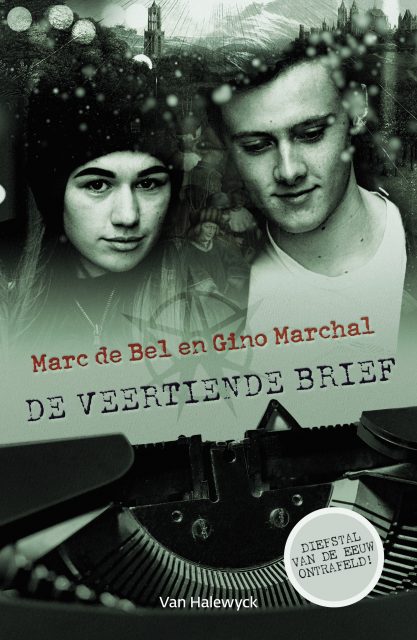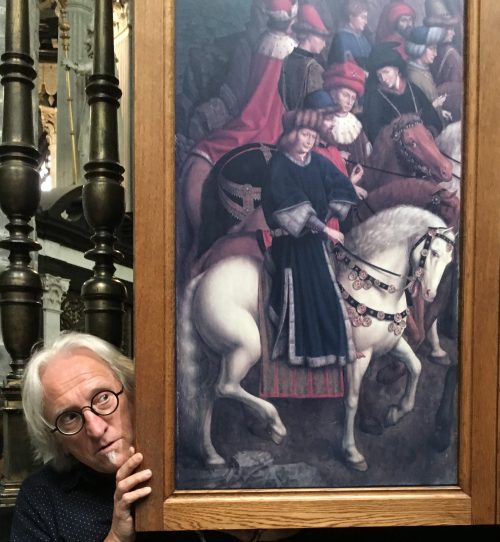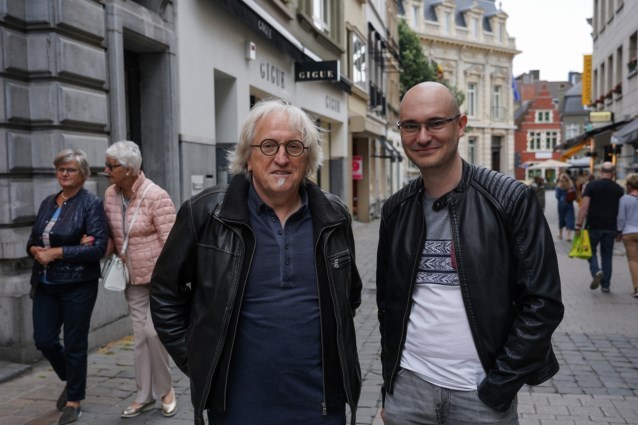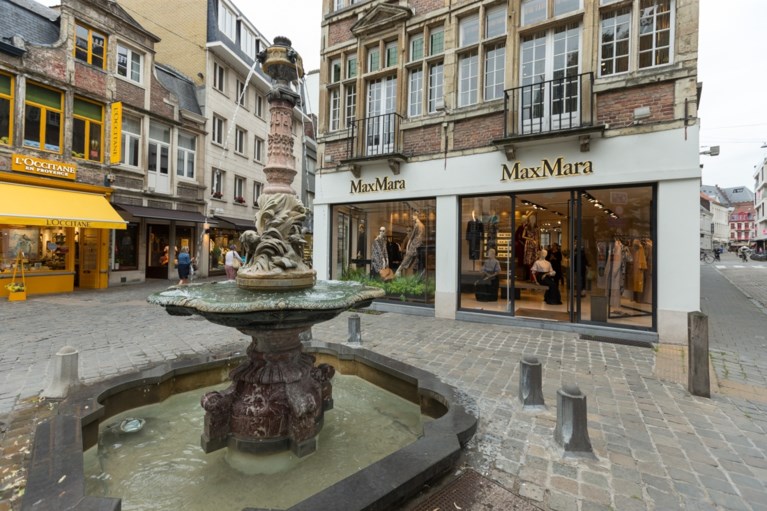
Mayor Termont about new lead Just Judges: “We take this very seriously”
by Sander Luyten and Geert Neyt
Ghent -The Just Judges, the panel stolen in 1934 from the masterpiece The Adoration of the Mystic Lamb by the Van Eyck brothers, never left the center of Ghent at the time. Arsène Goedertier hid it under the Kalandeberg. Marc de Bel and Gino Marchal write this in their book De Veertiende Brief (The Fourteenth Letter). “The public prosecutor’s office takes this theory very seriously”, says mayor Daniel Termont. At the same time, he calls on the public to have the police do their work and not dig themselfes.

If the police and public prosecutor’s office will drop the Kalandeberg in the coming days and let excavators arrive, this is thanks to youth author Marc de Bel and the Brabantse amateur detective Gino Marchal. In their book The Fourteenth Letter, which is from today in the bookshop, they write that the stolen panel The Just Judges was hidden by Arsene Goedertier under the Kalandeberg.
During the press conference this morning at the Ghent town hall, mayor Daniël Termont (SP.A) emphasized that the new track was taken seriously. “The investigation into the theft has never been completed. Two people are still in charge of the investigation with the judicial police. This is of great importance for the city and for Flemish art history. It would be nice to find the panel again this generation. If this new theory was no more than a stunt to promote a book, I would never have cooperated, and as a city we would not have made our council hall available for a press conference. “
Yet Termont has one clear appeal to the population: “Do not take anything yourself. It may sound ridiculous, but please do not dig any pits on the Kalandeberg. That is work for the police and the public prosecutor’s office. “The Ghent prosecutor’s office confirms that they are seriously investigating the new runway. “But whether, when and where we are going to dig, is not yet certain,” says parquet spokeswoman Caroline Jonckers.
How authors came to new theory
Gino Marchal learned that in 1932, two years before the theft of the Just Judges, sewage works were underway on the Kalandeberg. “At the same time the workers encountered a subterranean tube or corridor …”, he and Marc de Bel write. That subterranean passage was about 80 centimeters wide and 155 centimeters high. According to De Bel and Marchal it is ideal to hide a panel of 55 centimeters wide and 149 centimeters high.
Arsène Goedertier, the most important suspect for the theft of the Just Judges, would have known this course. “He was on his way to his favorite café Moka every Friday afternoon”, says the book. “That corridor could lead to the Steen van Vijd. That is the home of Joos Vijd, the patron of The Lamb of God, who also stood on the Kalandeberg. “The shop of Max Mara is now located in the conscious building.

After the death of Goedertier, two keys were found in his house. One of those keys was from the Sint-Gertrude Church in Wetteren, where he was a fancier. But the lock that fitted the second key was never found. According to the authors, that key is “perhaps from the house or one of the houses where Steen van Vijd used to be. Hence Goedertier would have had access to the underground passage. “
Hundreds of theories
In the past 84 years, hundreds of theories have been developed about the bold thief from the Saint Bavo Cathedral. They always turned out to be nothing.



